Osnabrueck from above: Aerial view after Allied air raids in World War II
Published on February 24, 2020
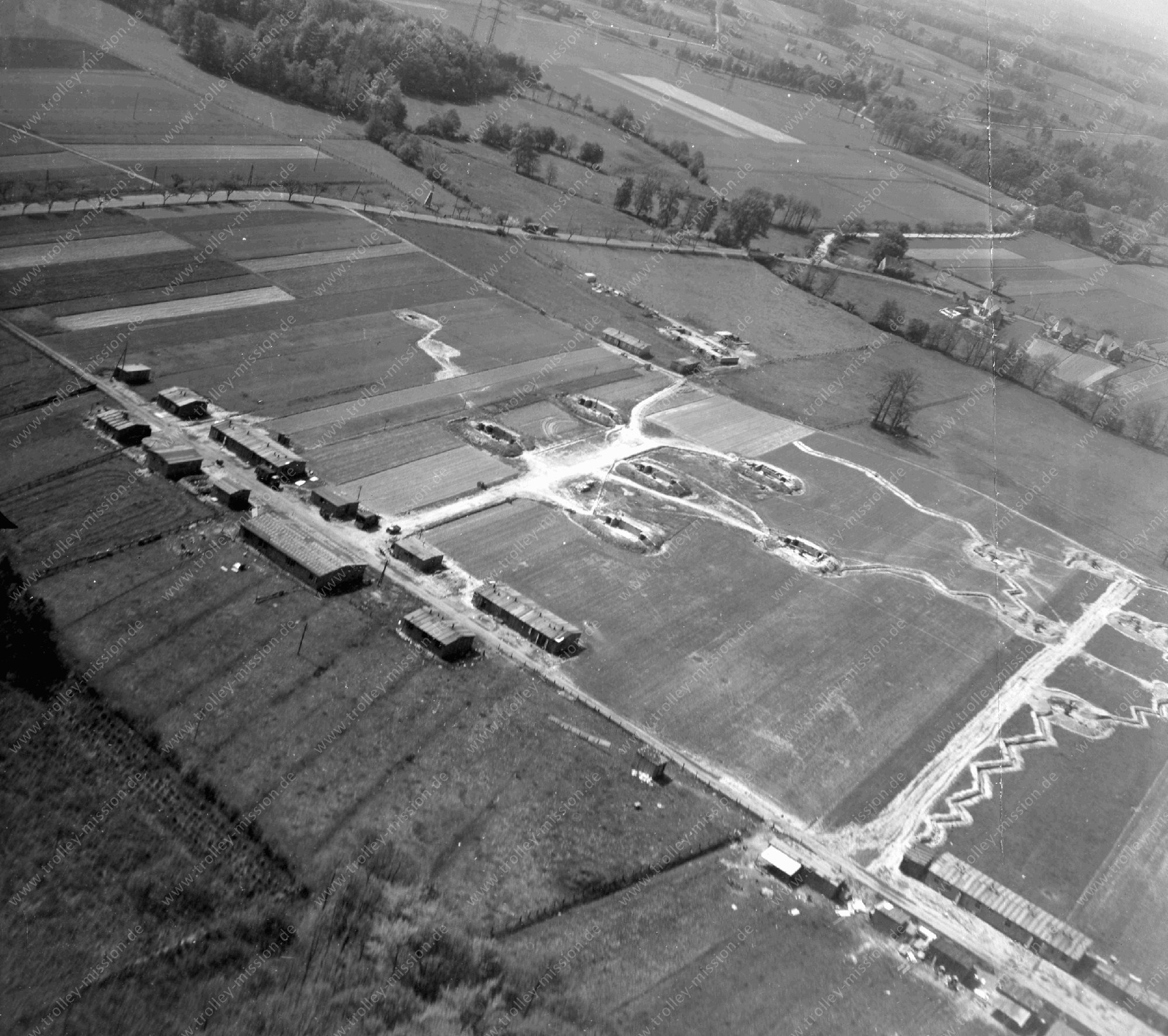
Following the Nazis' seizure of power in January 1933, Osnabrueck was subjected to the implementation of National Socialist economic programs. These resulted in economic growth. Osnabrueck was therefore well known for its industry. Numerous companies in the automobile, paper, steel and grocery sectors were located in the city and its surrounding area.
The war ended for Osnabrueck on 4 April 1945, when the Montgomery's Second Army entered the city with little resistance. By the end of the war the city had been extensively bombed and required major reconstructive programs following the war's end. After World War II, Osnabrueck was also the home of the largest British garrison outside the United Kingdom.
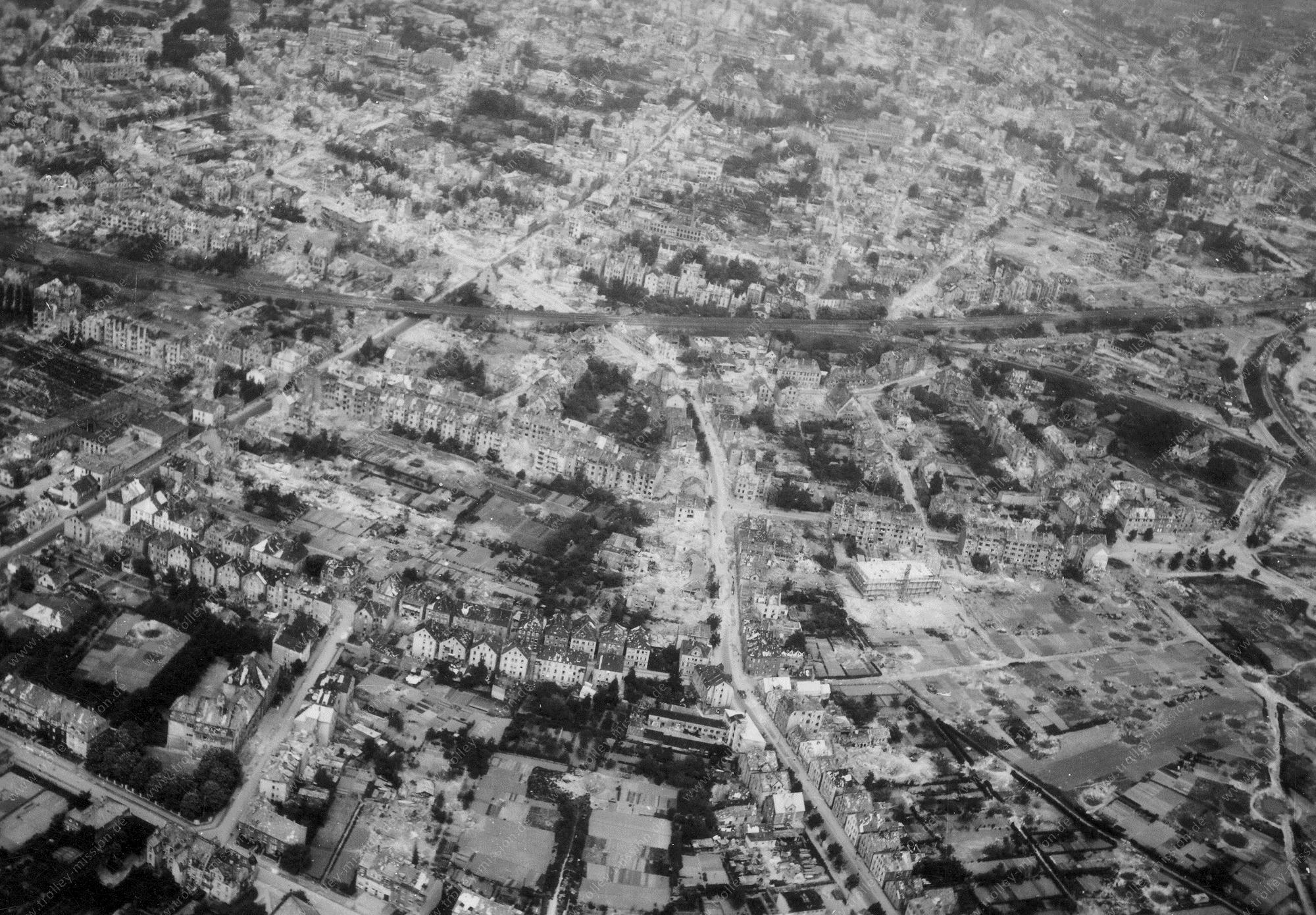
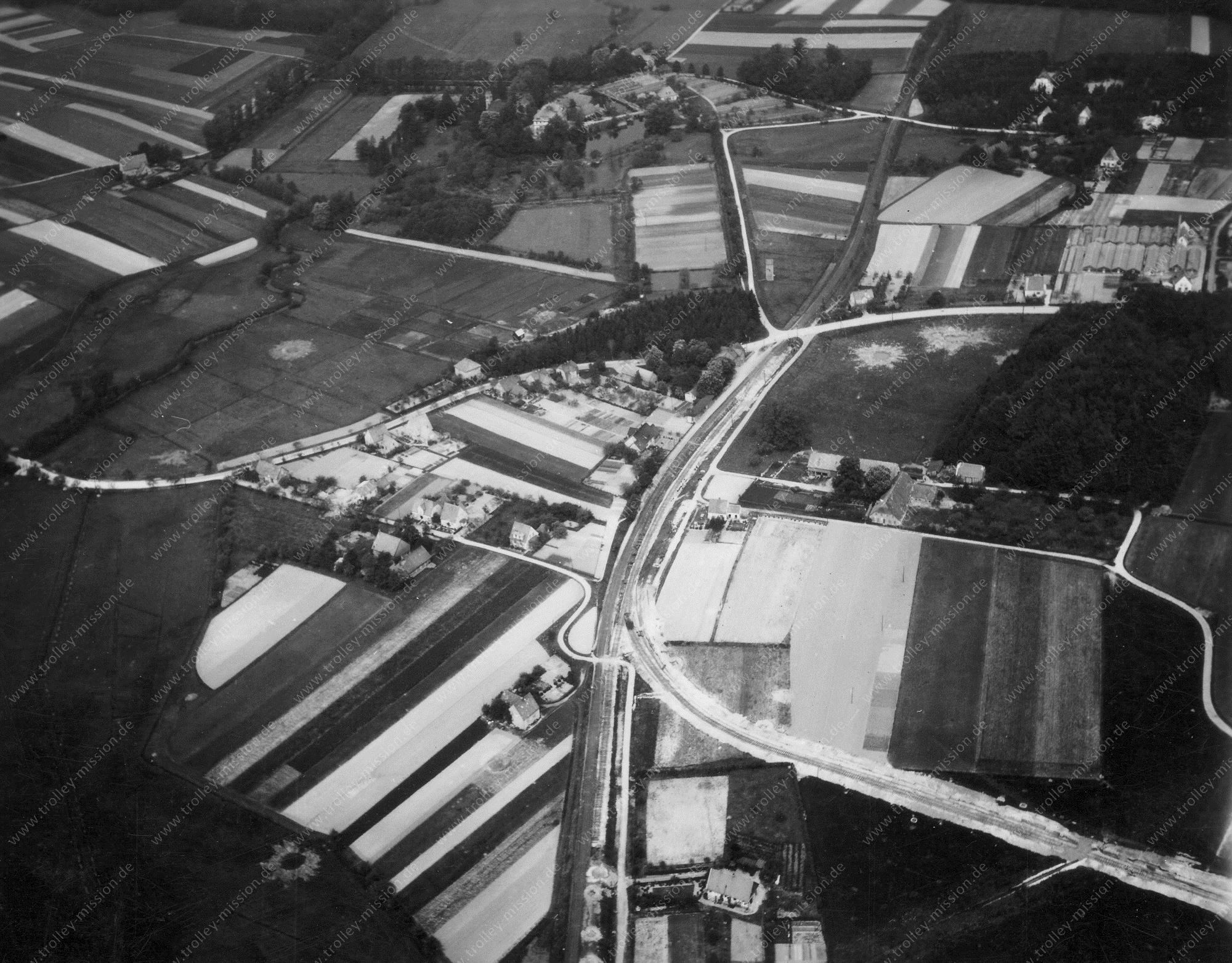
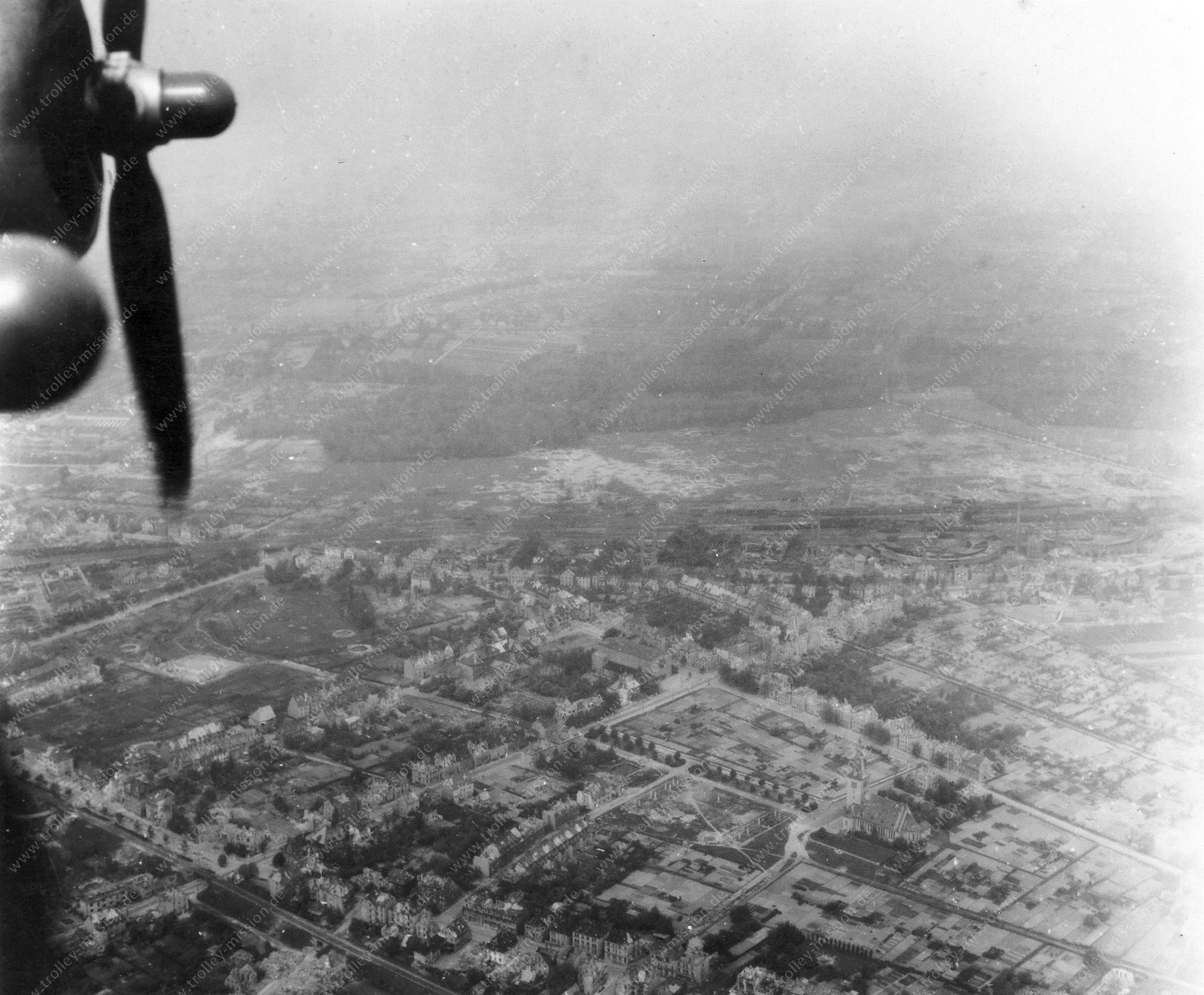
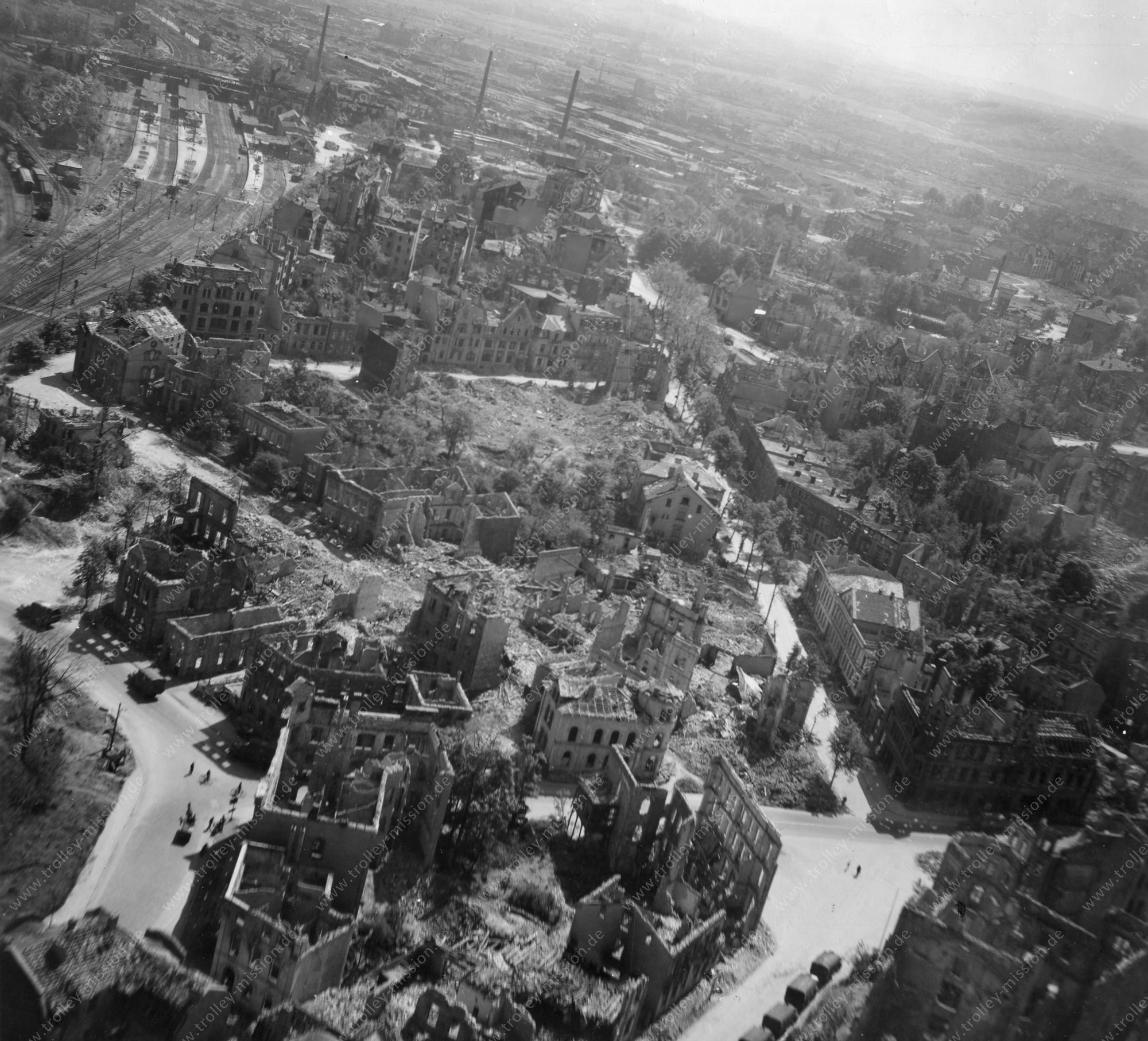
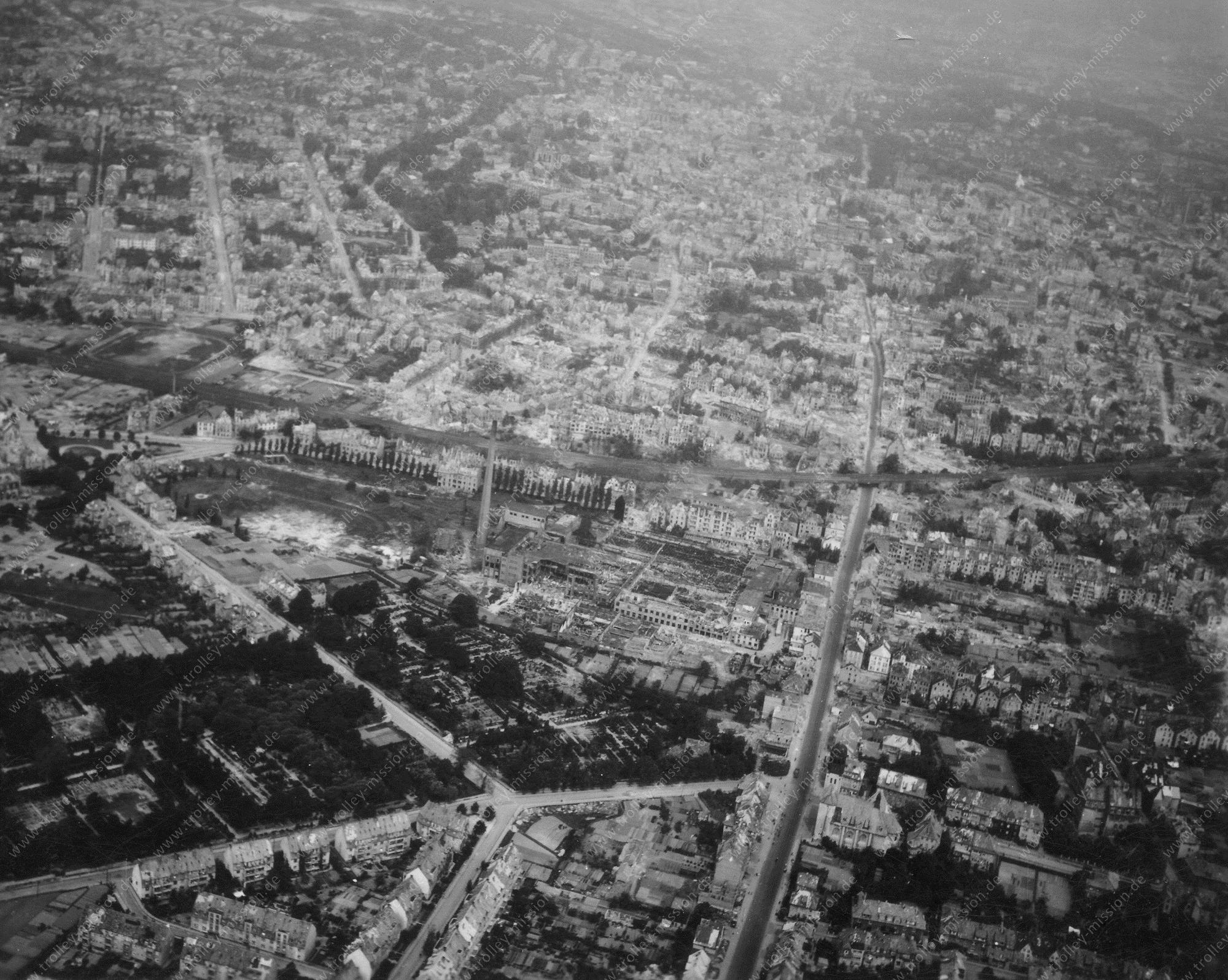
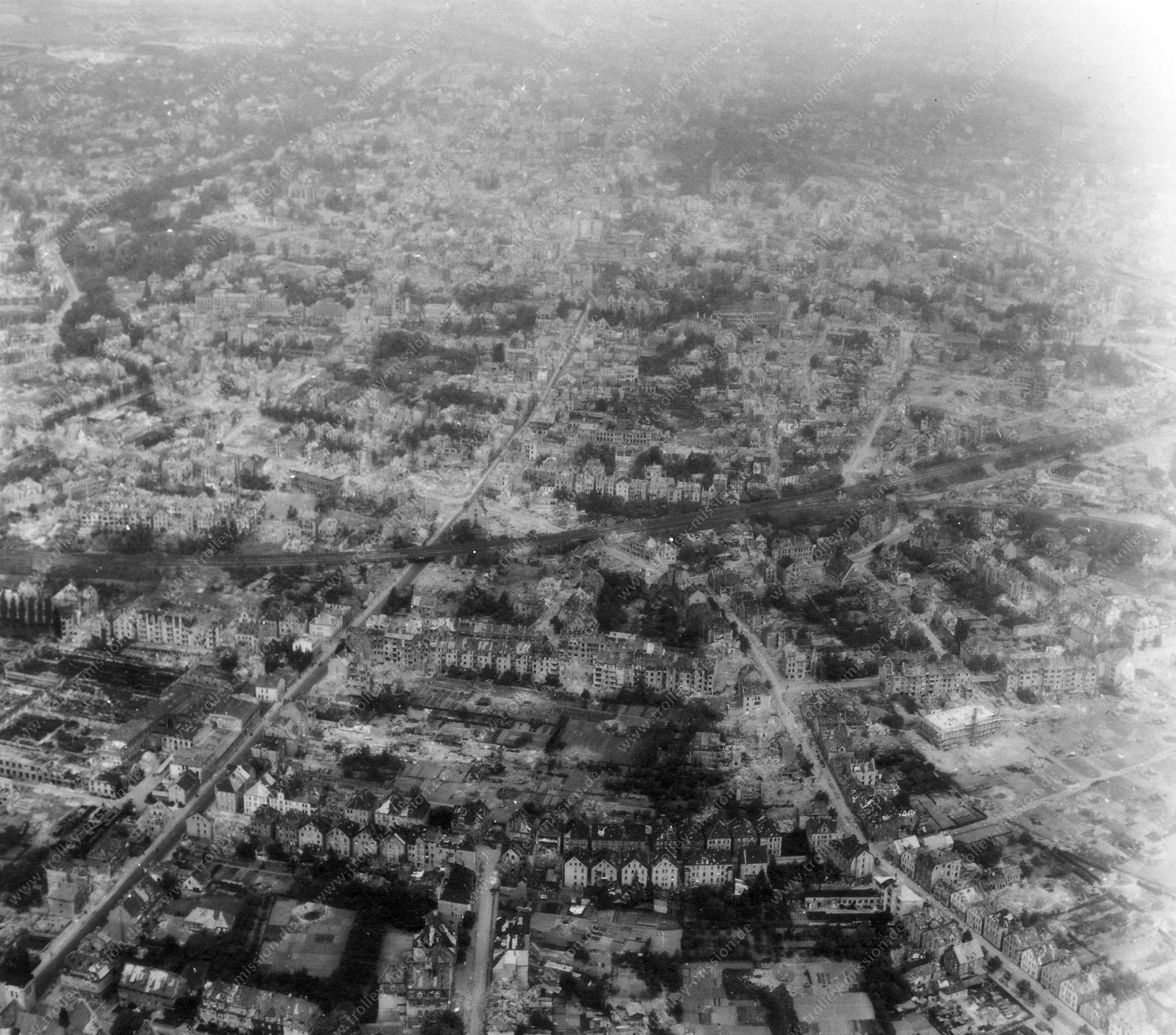
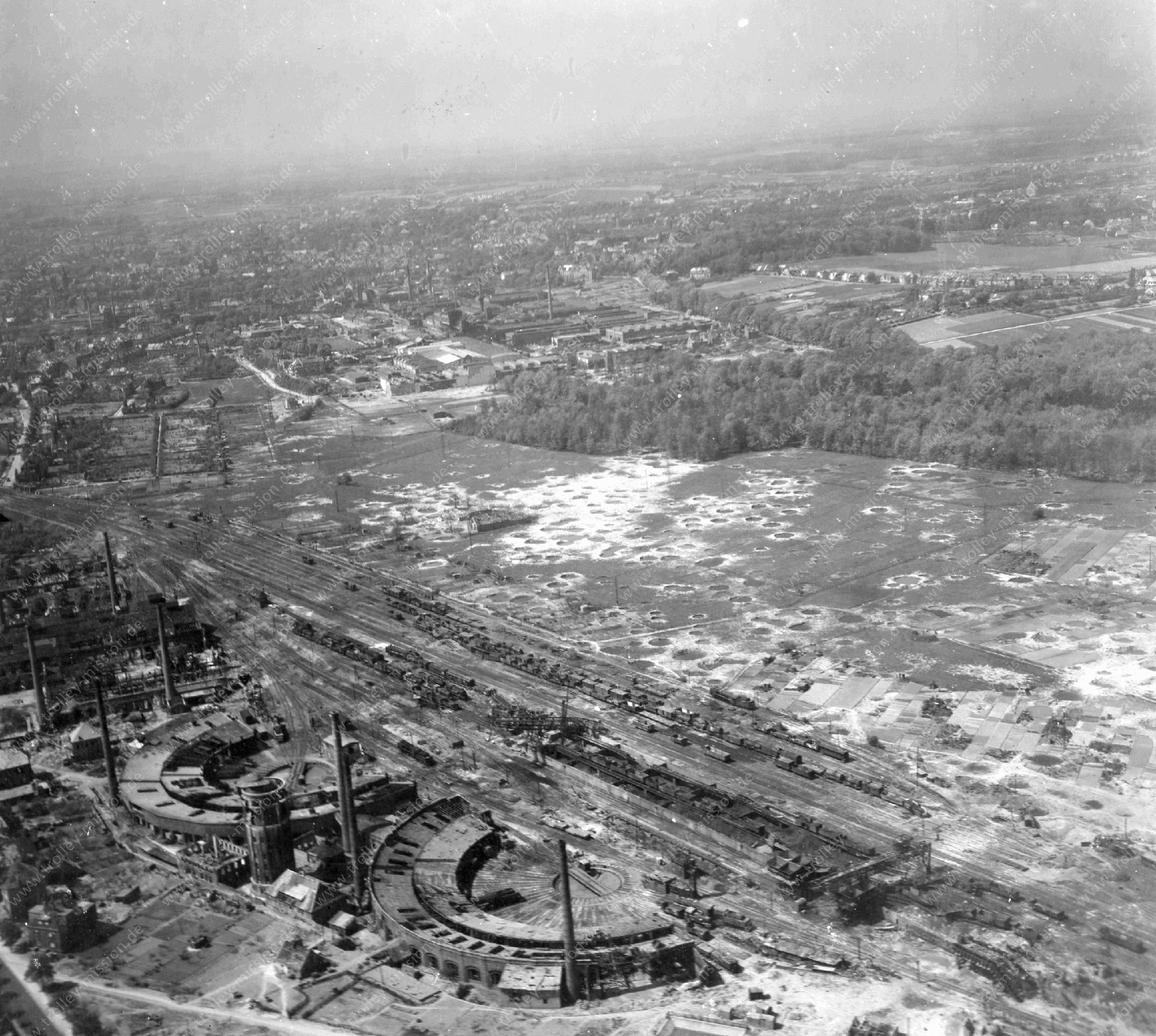
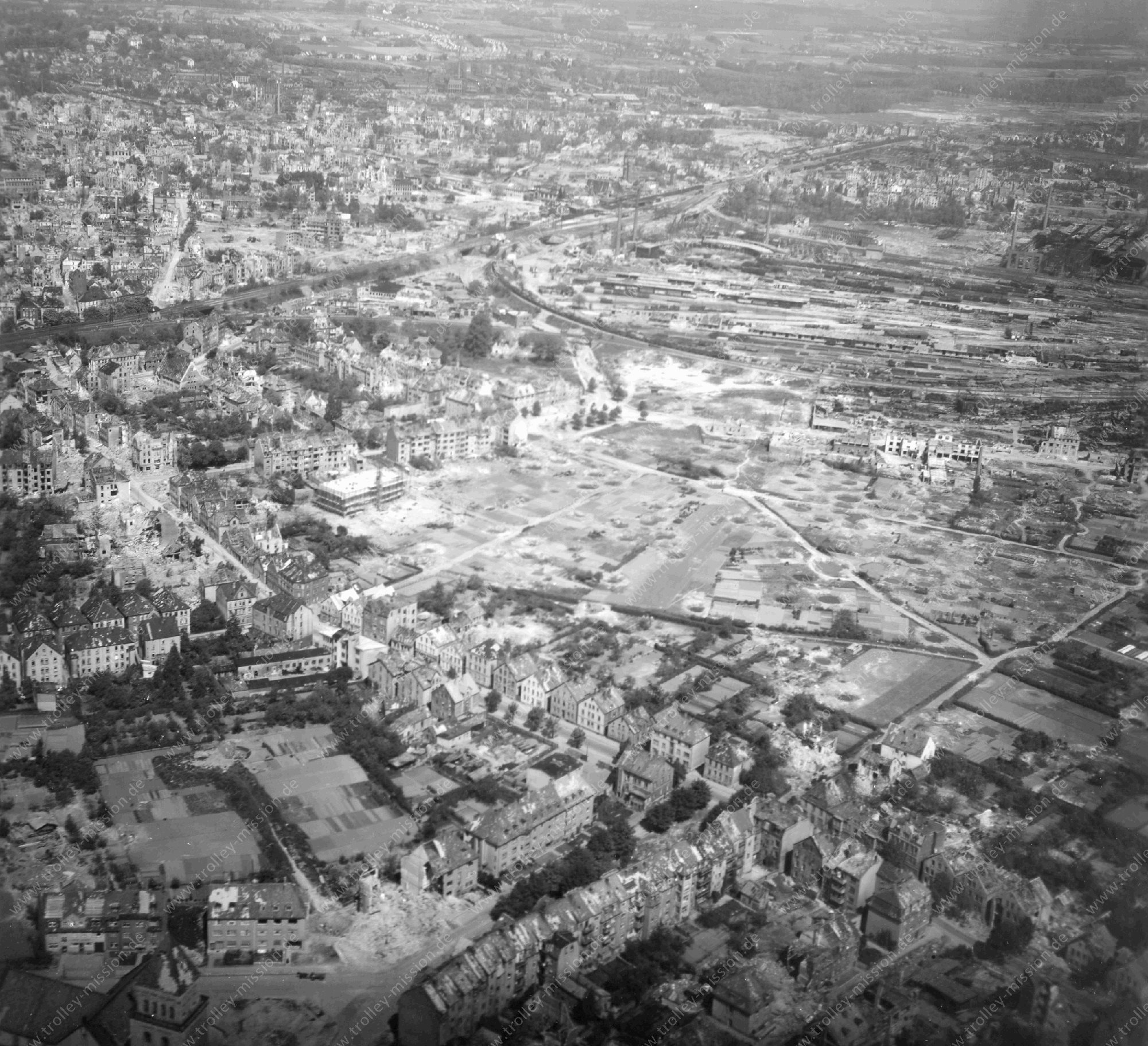
Trolley Mission
This website analyzes extraordinary sightseeing tours of Germany at the end of the European War (Second World War). In May 1945, there were non-stop observation flights over Germany - subsequently referred to as “Trolley Missions”. During these low-level flights across Europe and Germany aerial photos were taken showing the bomb damages of German cities.